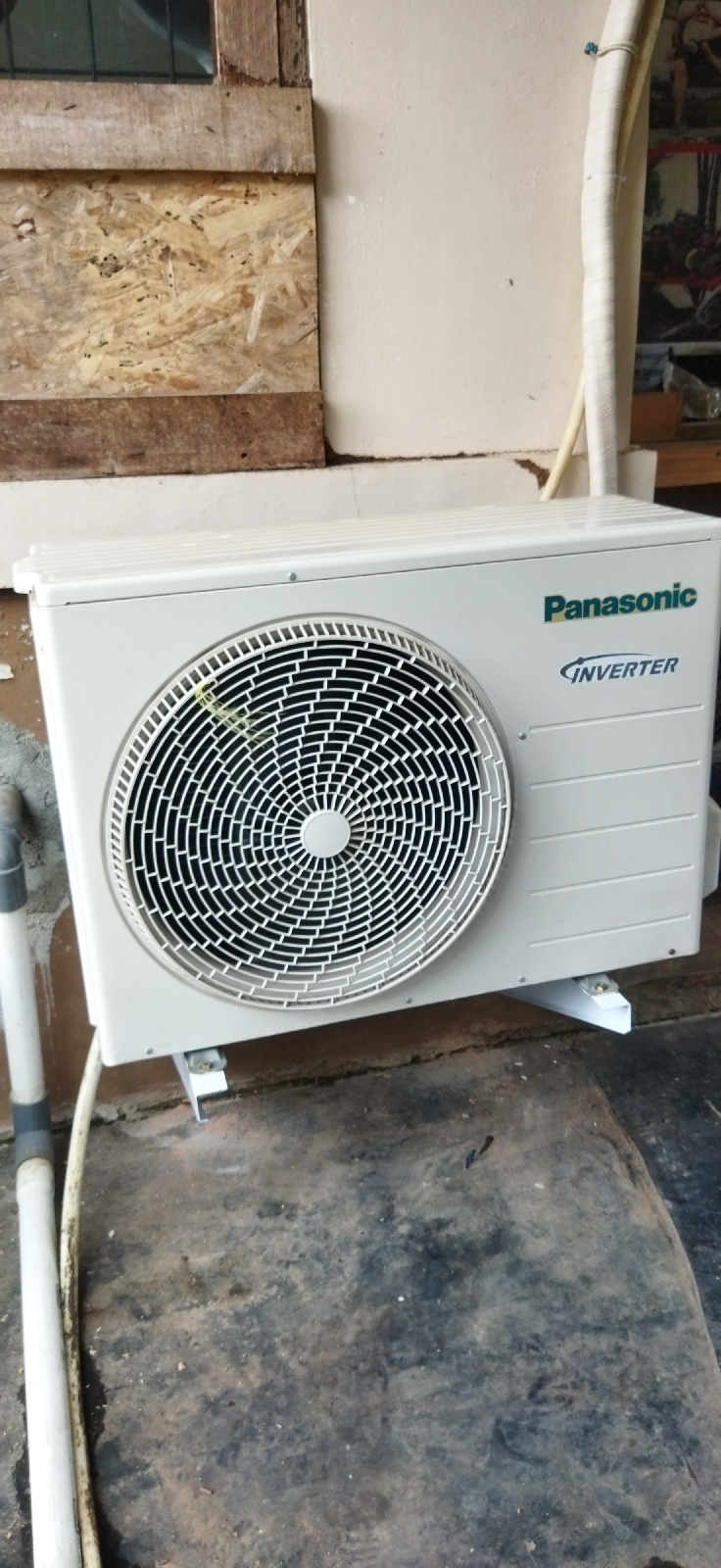Daikin gives free access to R32 patents
 JAPAN: In a move to encourage the adoption of R32 refrigerant, Daikin is to offer rival manufacturers worldwide free access to its patents.
JAPAN: In a move to encourage the adoption of R32 refrigerant, Daikin is to offer rival manufacturers worldwide free access to its patents.
The patents on the production of R32 have already expired, but Daikin holds a large number of patents governing the use of the lower GWP refrigerant in air conditioning systems. The emerging markets already have free access to these patents, and now, in an unprecedented move, Daikin is offering companies worldwide similar free access to 93 separate R32 patents.
In a statement today, Daikin says its action “is aimed at encouraging manufacturers worldwide to adopt sustainable comfort cooling and heating technologies that use HFC32, a refrigerant with a lower global warming impact than commonly-used refrigerants”.
“Daikin has been offering free access to these patents in emerging markets since 2011 to accelerate the phase-out of ozone-depleting refrigerants, such as HCFC-22,” said Shinya Okada, Daikin’s senior executive officer. “Given the urgent need to address climate change, Daikin believes that this is the right time to extend free access to these certain HFC32 equipment patents to manufacturers worldwide.”
Pioneers
Daikin has been pioneering the use of R32 as a lower GWP, zero ODP alternative to R410A and R22 in small air conditioning units, introducing models in the Far East, Australia, India and Europe.
Faced with the phase-out of R22 and the realisation that R410A is a likely target in future worldwide HFC phase-down programmes, its main rivals, including Mitsubishi Electric, Hitachi, Panasonic, Fujitsu and MHI, have followed suit, tentatively introducing R32 units in certain countries.
Daikin hopes that opening up the patents to other manufacturers will encourage a greater adoption of R32 as an industry-standard refrigerant. “Sharing environmentally beneficial air conditioning technologies without royalty payments can speed up environmental gains at a time when fast action is essential for climate protection,” commented Durwood Zaelke, president of the Institute for Governance & Sustainable Development. “Free access to patented technologies sets a powerful precedent for other companies aiming to be environmental champions.”
Daikin maintains that the avoided carbon emission benefits of a transition to R32 would be very significant. “If all presently used R410A refrigerant is replaced by HFC32, the total CO2 equivalent impact of HFCs could be reduced by up to 24% in 2030, compared to business as usual scenarios,” the company says.
While its “mild flammability” has so far restricted the use of R32 to smaller unitary systems, a pending relaxation of international and national standards will see A2L refrigerants like R32 being used in larger systems in the future.
Daikin is also aware that a number of other major refrigerant manufacturers, particularly Chemours and Honeywell, are planning introductions of A2L blends as low GWP alternatives to R410A. Just last week, the Cooling Post revealed details of Chemours development gas DR-55, a blend of R32, R125 and R1234yf, which it intends to market as Opteon XL55. Daikin’s decision to offer free access to its patents puts R32 firmly back at the forefront of the battle to find a replacement for R410A.
Conversion from high-GWP refrigerants is already underway. Last year, the European Union enacted the revised F-gas regulation to reduce the global-warming impact of refrigerants. In the US, the Environmental Protection Agency is in the process of revising its regulations that establish acceptable alternatives for ozone depleting and high GWP refrigerants. In Japan, the Act on Rational Use and Proper Management of Fluorocarbons encourages conversion from high-GWP refrigerants and there are moves worldwide to bring HFCs within a phase-down agreement under the Montreal Protocol.


Comments
Post a Comment